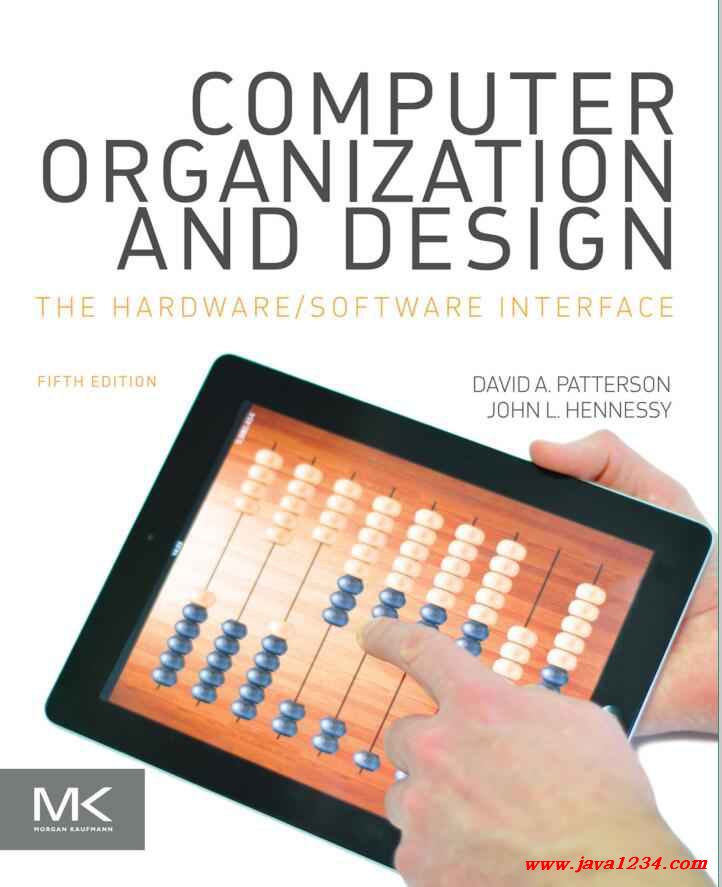| 失效链接处理 |
|
Computer Organization And Design 5th Edition PDF 下载
本站整理下载:
相关截图:

主要内容:
We now introduce eight great ideas that computer architects have been invented in
the last 60 years of computer design. Th ese ideas are so powerful they have lasted
long aft er the fi rst computer that used them, with newer architects demonstrating
their admiration by imitating their predecessors. Th ese great ideas are themes that
we will weave through this and subsequent chapters as examples arise. To point
out their infl uence, in this section we introduce icons and highlighted terms that
represent the great ideas and we use them to identify the nearly 100 sections of the
book that feature use of the great ideas.
Design for Moore’s Law
Th e one constant for computer designers is rapid change, which is driven largely by
Moore’s Law. It states that integrated circuit resources double every 18–24 months.
Moore’s Law resulted from a 1965 prediction of such growth in IC capacity made
by Gordon Moore, one of the founders of Intel. As computer designs can take years,
the resources available per chip can easily double or quadruple between the start
and fi nish of the project. Like a skeet shooter, computer architects must anticipate
where the technology will be when the design fi nishes rather than design for where
it starts. We use an “up and to the right” Moore’s Law graph to represent designing
for rapid change.
Use Abstraction to Simplify Design
Both computer architects and programmers had to invent techniques to make
themselves more productive, for otherwise design time would lengthen as
dramatically as resources grew by Moore’s Law. A major productivity technique for
hardware and soft ware is to use abstractions to represent the design at diff erent
levels of representation; lower-level details are hidden to off er a simpler model at
higher levels. We’ll use the abstract painting icon to represent this second great
idea.
Make the Common Case Fast
Making the common case fast will tend to enhance performance better than
optimizing the rare case. Ironically, the common case is oft en simpler than the
rare case and hence is oft en easier to enhance. Th is common sense advice implies
that you know what the common case is, which is only possible with careful
experimentation and measurement (see Section 1.6). We use a sports car as the
icon for making the common case fast, as the most common trip has one or two
passengers, and it’s surely easier to make a fast sports car than a fast minivan!
|




 苏公网安备 32061202001004号
苏公网安备 32061202001004号



